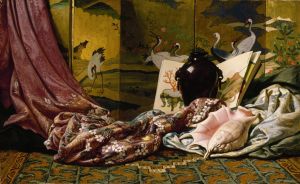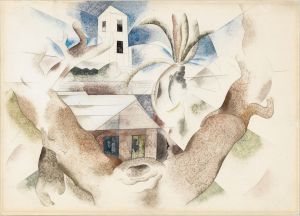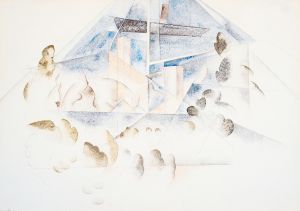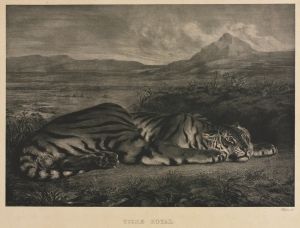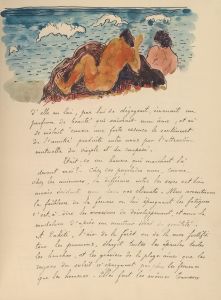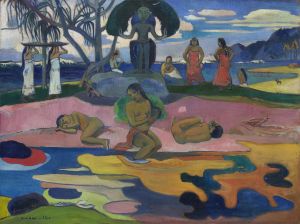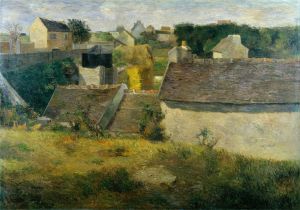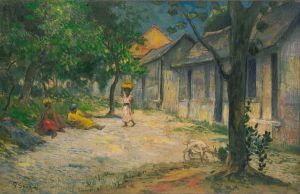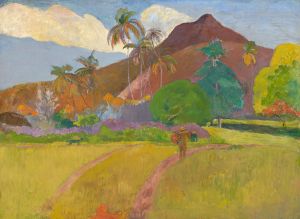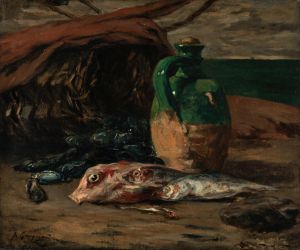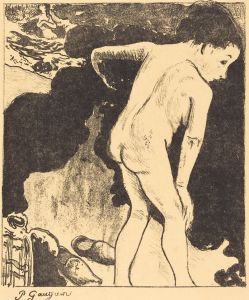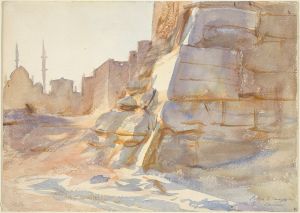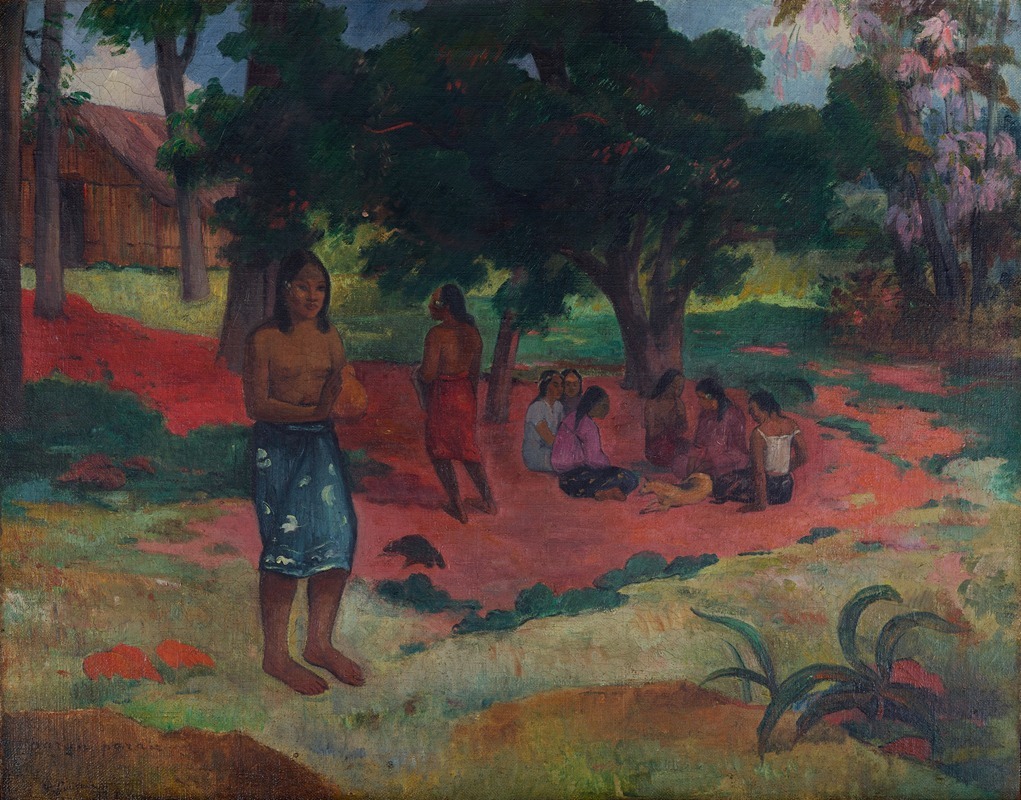
Parau Parau
A hand-painted replica of Paul Gauguin’s masterpiece Parau Parau, meticulously crafted by professional artists to capture the true essence of the original. Each piece is created with museum-quality canvas and rare mineral pigments, carefully painted by experienced artists with delicate brushstrokes and rich, layered colors to perfectly recreate the texture of the original artwork. Unlike machine-printed reproductions, this hand-painted version brings the painting to life, infused with the artist’s emotions and skill in every stroke. Whether for personal collection or home decoration, it instantly elevates the artistic atmosphere of any space.
"Parau Parau" is a painting by the French Post-Impressionist artist Paul Gauguin, created in 1891 during his first visit to Tahiti. The title "Parau Parau" translates to "Words, Words" or "Gossip" in English, reflecting the social interaction depicted in the scene. Gauguin, known for his vibrant use of color and bold compositions, sought to capture the essence of Tahitian life and culture, which he found to be a stark contrast to the industrialized society of Europe.
The painting features a group of Tahitian women engaged in conversation, set against a lush, tropical landscape. Gauguin's use of color is particularly notable in this work, with rich, warm tones dominating the canvas. The women's clothing and the surrounding flora are rendered in vivid hues, creating a sense of harmony and tranquility. The composition is carefully balanced, with the figures arranged in a way that guides the viewer's eye through the scene.
Gauguin's interest in Tahitian culture is evident in the details of the painting. The women's traditional attire and the natural setting reflect his fascination with what he perceived as the purity and simplicity of island life. However, it is important to note that Gauguin's interpretation of Tahitian culture was often romanticized and did not always accurately represent the realities of the local people.
"Parau Parau" is part of a larger body of work that Gauguin produced during his time in Tahiti, where he sought to escape the conventions of Western society and find artistic inspiration in what he considered a more "primitive" environment. His Tahitian paintings are characterized by their bold use of color, simplified forms, and symbolic content, which were influenced by his desire to break away from traditional European artistic conventions.
The painting is housed in the National Gallery of Art in Washington, D.C., where it continues to be a significant example of Gauguin's contribution to the Post-Impressionist movement. "Parau Parau" not only showcases Gauguin's distinctive style but also provides insight into his complex relationship with the cultures he encountered during his travels.
Gauguin's work has been the subject of much scholarly discussion, particularly regarding his portrayal of non-European cultures and the ethical implications of his life and work in Tahiti. Despite these controversies, "Parau Parau" remains an important piece in the study of Gauguin's artistic legacy and the broader context of 19th-century art.
In summary, "Parau Parau" by Paul Gauguin is a vivid and culturally significant painting that reflects the artist's fascination with Tahitian life and his innovative approach to color and composition. It stands as a testament to Gauguin's impact on the Post-Impressionist movement and continues to be celebrated for its artistic and historical value.





